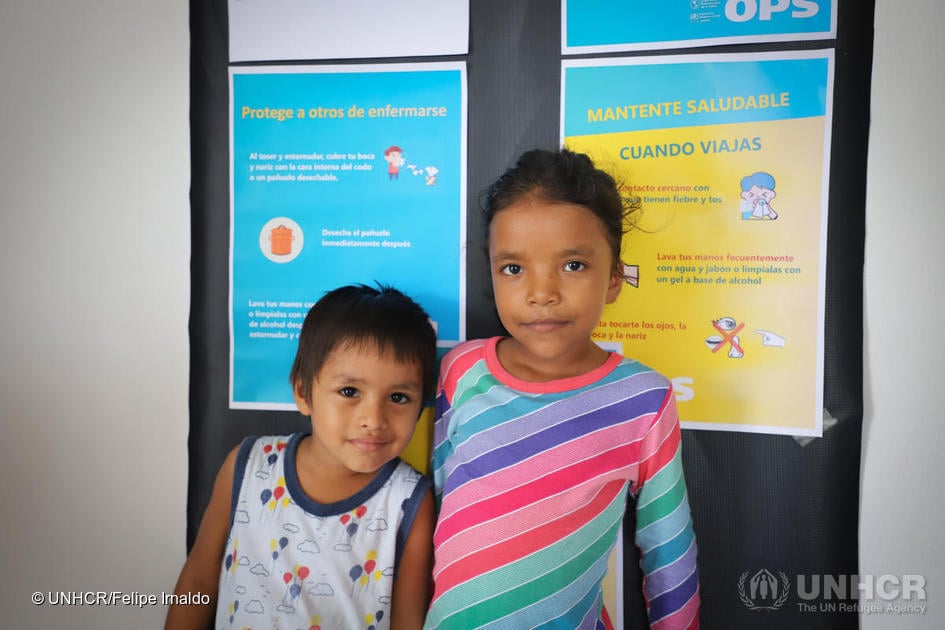How it works

Share this step
This may be the first course that you have undertaken on FutureLearn, or perhaps it is the first course you have taken online. Don’t worry, the course is designed to be easy to navigate.
You can learn whenever and wherever you like, on any desktop, mobile or tablet device. You will be learning by reading course materials and watching videos about promising practice that have been made especially for this course by practitioners from different regions of the world.
You can watch the videos directly on the course page or you can download them by clicking on the ‘Download video: standard or HD’ at the bottom right hand corner of the video. We have also provided audio files of the videos which you can download, and transcripts in the four course languages to make this course as accessible as possible. You will also be reading teaching material, attempting a quiz, and taking part in discussions.
Lead Educator and Course Host
Welcome to the course from your Lead Educator, Dr. Chrissie Gale. Chrissie has spent much of the last 26 years working on child protection programmes in different countries around the world. For the last four years she led the international work of CELCIS. She is now an international child protection consultant. Chrissie will be interacting with you in different ways throughout the course. You are encouraged to view Chrissie’s profile and follow her, so you can easily see any comments she makes during the course. Chrissie will be available until Friday 7 August 2020 to help support you as you work through the course.
Sarah Hume-Anthony is the host for this course and will be keeping an eye on discussions and updating course steps and links, amongst other tasks. If you use social media you can use the hashtag #FLChildCaseManagementCOVID19 to follow any course related conversations.
Translators
We are really pleased that this course is accessible in English, French, Spanish and Arabic. It means you can exchange ideas and information through the discussion boards in these four languages. However, it will mean there will be comments that you may not be able to read. Please do not be concerned, as there will still be many discussions and comments from other learners and course team members that you will find interesting and will be able to follow.
This course has been translated by Vanesa Sabala (Spanish), Joan Lefever and Miriam Rodero (French), and Amer al-Seifi (Arabic).
Finding your way around
There are three icons at the top of each course step to help you make the most from your learning experience.
To Do
The first icon takes you to your To Do list for the course, which is a list of all course steps. As you move through the course you can use the To Do list to go to other step pages. You are able to learn at your own pace, which means you can go in and out of the course in your own time and as many times as you wish. But we do encourage you to join in discussions during the week’s activities while they are happening.
Activity
The second icon takes you to the Activity feed which shows the most recent comments posted by learners on this course.
Progress
The third icon takes you to your Progress page, where you’ll see what percentage of the course steps you’ve marked as complete. Your scores for any quizzes you have taken in the course are also reflected on your progress page.
Comments and discussions
Learning from each other is a very important part of the course. To do this, we really encourage you to join in discussions with other people taking part in this course. You can do this by reading their comments and responding with your own thoughts and ideas at the bottom of almost every course step. On some course steps there will be a more structured discussion where we might ask you some specific questions. Although they will not be able to respond to every question, you may also see comments and replies from the Lead Educator or Course Host. If possible, please do remember to tell us which country you are writing about in your comments. The Lead Educator and Course Host will be available to support you whilst this course is open until Friday 7 August 2020.
Anyone enrolled on the course can comment and discuss the course material. To see all the comments on a particular step, click the pink speech bubble icon and the comments will be revealed. The number next to this icon tells you how many comments there are for this step. Found a comment which was really useful or interesting? Click the Like button!
Don’t forget, while interesting debate is encouraged, it’s important that you follow the FutureLearn Code of Conduct and are respectful of your fellow learners.
Follow others
If you want to keep track of another learner’s comments easily, click the Follow button next to their name (on their profile page). We recommend that you follow the Lead Educator and Host.
Filtering comments
You can click to sort the comments on a step to only see:
* Comments by people you are following
* The most-liked comments
* Your own comments
You might like to read these tips and tools for social learning, to help you get the most from FutureLearn’s features.
Mark as Complete
When you reach the end of a step and have understood everything, click the pink Mark as Complete button at the bottom of the page. This will update your Progress page, and will help you to keep track of which steps you’ve done. Any steps you’ve completed will turn blue on your To Do list.
Need more help?
If you still have a question about how the site works, have a look at the FutureLearn help pages. If your query hasn’t been answered, please don’t hesitate to click the Pink ‘Support’ button on the bottom right of each step to ask for help.
A Certificate of Achievement when you become eligible
To get a certificate and extra other benefits upgrade this course:
Unlimited access to the course:
Go at your own pace with unlimited access to the course for as long as it exists on FutureLearn.
Please note, this course, does not provide you with a qualification that would certify you to be a fully qualified child protection case worker if this is not already a professional role you have been trained in and are qualified to undertake.
Share this
COVID-19: Adapting Child Protection Case Management

COVID-19: Adapting Child Protection Case Management


Reach your personal and professional goals
Unlock access to hundreds of expert online courses and degrees from top universities and educators to gain accredited qualifications and professional CV-building certificates.
Join over 18 million learners to launch, switch or build upon your career, all at your own pace, across a wide range of topic areas.
Register to receive updates
-
Create an account to receive our newsletter, course recommendations and promotions.
Register for free







